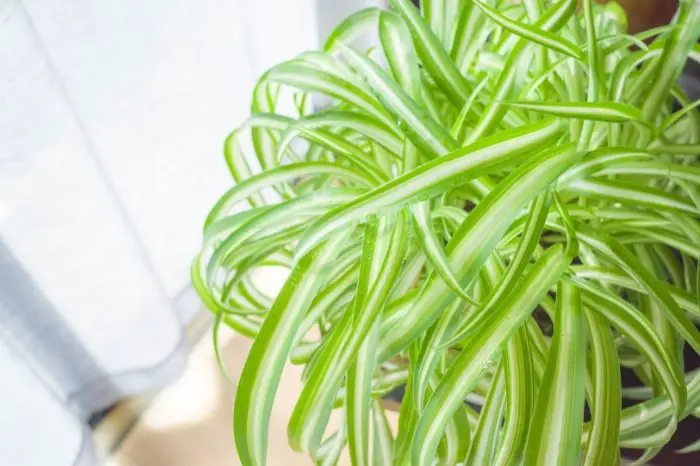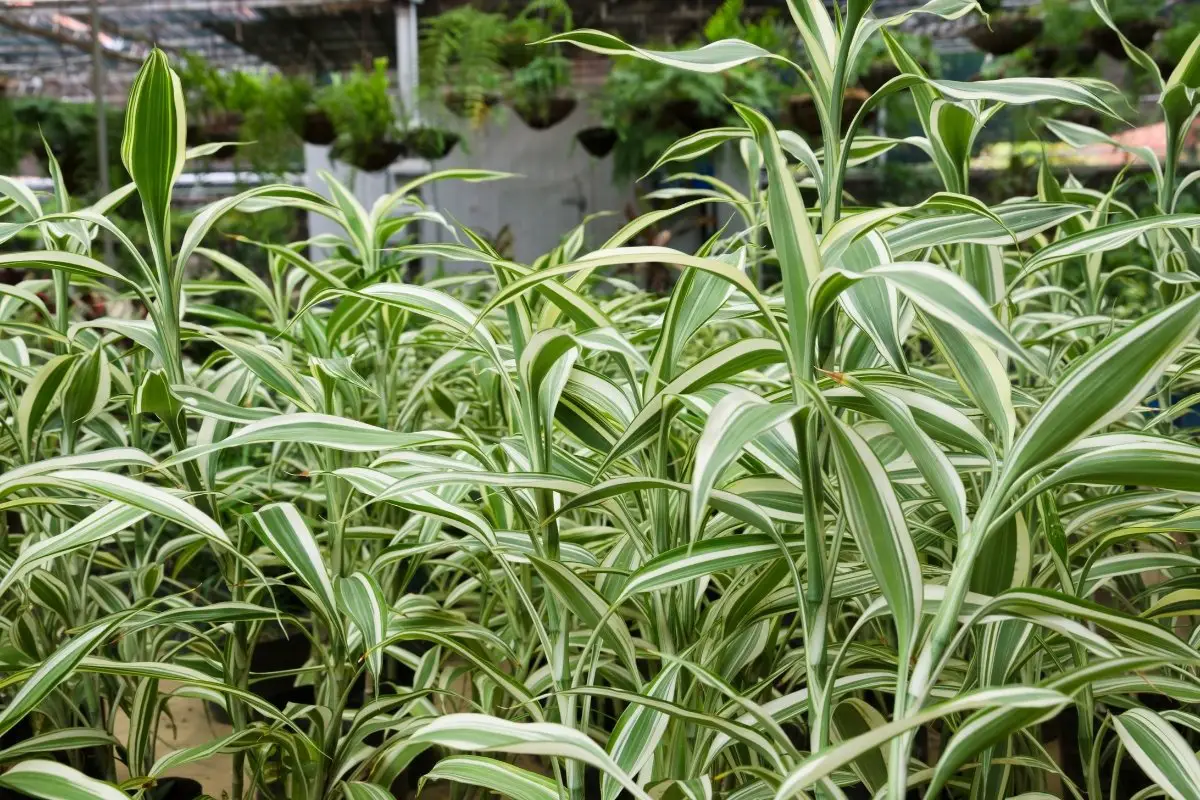Last Updated on September 14, 2022 by Griselda M.
Spider plant pests are not as invasive as other pests; that is common and disastrous destroying your healthy plants in a few days.
The spider plant is an attractive houseplant that looks great indoors and outdoors. It almost always has beautiful white flowers but they can sometimes have a colorful tint. It’s native to tropical and subtropical climates, but this plant has become a pest problem in many areas of the world.
Spider plants are popular because they have small leaves and look good in the house or on the patio. They are easy to care for and can grow in any type of soil. But once these plants get started, they spread like wildfire.
What Are Spider Plant Pests?
The spider plant pest is a fungus that grows on the leaves of the plant. It doesn’t matter what kind of spider plant you have, the spider plant pest will affect all types of them.
Spider plants are not native to North America, but they were brought here as a houseplant by early settlers. There are different species of spider plants, and each has its name. Spider plants are very easy to grow and keep, so it’s important to know how to deal with problems that may come up.

How To Identify The Spider Plant Pests
The spider plant pest is a fungal infection that causes the leaves to turn yellow and die. It’s also called “pigmentation” or “yellow leaf disease” in the plant world, but we like to think of it as a “pest” in our house. If you have a spider plant, this problem can be quite devastating.
It is caused by a fungus that is spread through the air via spores. The best way to identify the pest is to look for the tell-tale signs on the underside of the leaves. The first time you might notice this problem would be if you take your plants out of their pots and place them on the ground.
Your spider plant will start to turn yellow. The good news is that once you remove the potting soil from your plants, they should be fine. You will notice the yellowing in a few weeks, but it doesn’t have to be an immediate issue. It may take several years before the leaves turn completely brown.
How to identify the spider plant pest? As mentioned above, the first thing to look for is the yellowing on the underside of the leaves. If you have a problem, then you should see small white spots with black centers. These are fungal spores and they are being released by the pest. In addition to the yellowing, you may also see some small black dots in your spider plant’s leaves.
Joyful Dirt Premium Concentrated All Purpose Organic Based Plant Food and Fertilizer
How To Treat Spider Plant Pests
A spider plant is an ideal indoor houseplant and it can look good in any room. A spider plant needs lots of light, so if you have a window, make sure the plant is close by. The soil should be moist but not dripping wet. Water thoroughly once a week, preferably after the sun goes down. Remove any dead leaves or flowers, and discard them.
Keep the soil mixture of peat and sand at a 1:1 ratio, and add some fertilizer to your spider plant’s soil. Spider plants are not picky eaters; they’ll take just about anything you give them.
If you have a problem with spider mites, use the following treatment:
Spray the affected leaves with insecticidal soap. This will kill the spider mites, but it won’t harm the leaves. Repeat this process every other day until the problem goes away.
Spider Plant Pests Control
The prevention of spider plant pests is all about taking measures to prevent them from attacking and damaging a particular plant. The first line of defense is to remove or reduce the available food sources, thereby starving the spider plant pest.
If this fails to work, chemical control is the next step in most cases. The final line of defense is to grow plants that are more resistant to attack by spider plant pests.
Spider plant bugs are the same insects and diseases that affect other plants, as well as the same pesticides used to control them.
Summary Of Spider Plant Pests
Spider plants are a popular choice for landscaping, but their popularity has also brought them to the attention of gardeners. Spider plants are often purchased with the intention of growing them in the home landscape or as a houseplant. Some of these plants are even sold as indoor houseplants.
These plants are typically very popular because they are easy to grow and are attractive. Keeping you Spider plants healthy is all about keeping an eye out for the signs of Spider plant pests and ensuring they are in optimal growing conditions.
FAQs
How do you get rid of bugs on spider plants?
The best way to get rid of pests such as whiteflies, mealy bugs, aphids, and thrips is to get rid of the spider plants. The spider plant is very attractive and will draw in many insects. You can also spray with insecticidal soap or neem oil.
What is eating my spider plant?
Spider plants attract a good number of bugs and pests that will destroy it if you don't keep an eye on the plant. As soon as you notice any bug or pest, take actions to remove them to help save the plant.
What diseases do spider plants get?
This plant is affected by some diseases that include powdery mildew and leaf spot. You can find more information about these diseases in the section on caring for your plant.
How do I care for a spider plant?
Spider plants are easy to grow. You can buy them as seedlings or start from seed. You can either water them once a week or twice a week depending on the temperature of your house.
Caroline is a gardener who loves to get down to the nitty–gritty of gardening. She proudly proclaims herself as a ‘dirt worshipper‘ and can often be found deep in the garden, covered in soil and singing to her plants. As a self–proclaimed ‘plant whisperer‘, Caroline believes that plants need love and attention just like any other living thing, and she loves to give them both. When she‘s not tending to her garden, you can often find her researching the latest gardening trends, or teaching others how to make their gardens thrive



